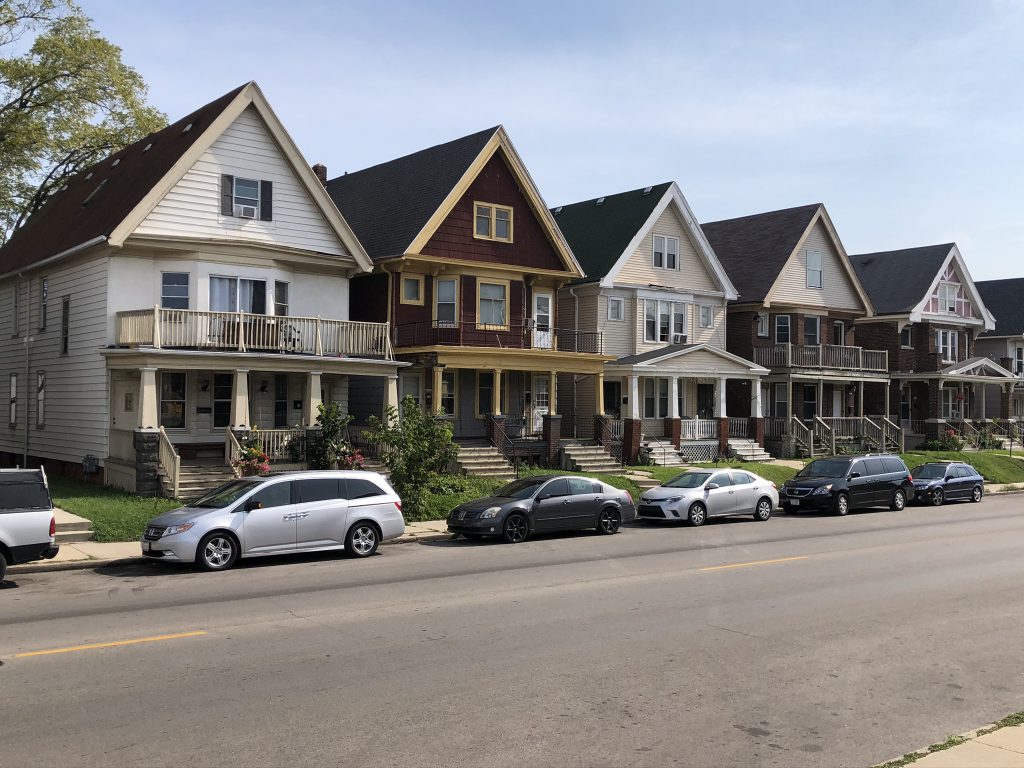City Creating Affordable Housing Action Plan
Seeking shared public-private agenda. 45% of households are "cost burdened" by housing.
A public-private partnership of the Department of City Development and Community Development Alliance is working to craft a citywide affordable housing plan.
The goal is to create a shared agenda that the city and private partners support to address long-standing issues related to affordable rental housing, racial disparities in homeownership and displacement. Existing studies and efforts will be analyzed to create an action plan followed by the development of accountability metrics.
The partners have already identified four priority areas that target two key groups.
The first is addressing the Black and Hispanic homeownership gap by filling gaps in current programs, identifying new potential programs and creating alternative models to homeownership. The second priority is maintaining existing Black and Hispanic homeowners through homeownership preservation and anti-displacement programs.
The third priority is increasing the supply of affordable housing units set aside for individuals making between 20% and 50% of the area’s median household income ($53,505 in 2019). The fourth priority calls for strategies to preserve existing units for that income tier as well as anti-displacement and eviction reduction strategies.
The CDA, a neighborhood-focused coalition, was formed in 2010 by the Greater Milwaukee Foundation, Zilber Family Foundation, Northwestern Mutual Foundation and LISC Milwaukee.
DCD planning manager Sam Leichtling and CDA representative Irma Yépez Klassen briefed the City Plan Commission on the initial effort Monday afternoon.
The stats justifying the study are clear.
More than 55% of renters and 31% of homeowners spend more than 30% of their household income on housing, a level the federal government and other agencies have labeled as “cost burdened.”
The city has seen a 12% homeownership decline since 2005 and 16% of existing home owners have negative equity in their home.
In the metro area, white residents are twice as likely to own their home as Black residents and 1.4 times more likely than Latino residents.
“We know that home ownership is a primary tool for developing wealth, yet a racial equity homeownership gap exists in Milwaukee,” said Yépez Klassen.
“Low incomes in Milwaukee, more than any other factor, make housing unaffordable for many families,” Yépez Klassen said.
Leichtling said an update on the effort would be presented in August or September. The final result will be incorporated into the city’s comprehensive area plan.
Their work to date was met with approval.
“This issue is so very important to the stability and health of our community, it affects every person and every community throughout,” said commission chair Stephanie Bloomingdale. “We are really at a crossroads now coming out of the pandemic. We are going to be seeing likely more evictions.”
“I am really happy to see the significant effort placed to deal with this problem,” said commissioner Willie Smith.
Commissioner Brianna Sas-Pérez, head of VIA CDC, is one of many community stakeholders engaged in the effort. Also involved are representatives of Bader Philanthropies, the Greater Milwaukee Committee, Wisconsin Housing and Economic Development Authority and Housing Authority of the City of Milwaukee. Resident stakeholders are included on each committee.
New commissioner Tarik Moody, appearing at his first meeting, said it would be a potential benefit to better communicate the unforeseen costs associated with homeownership and rising property values.
“We do acknowledge that is not a citywide solution,” he said. “Every solution we have seen would require a change at the state level.”
The state might also need to assist with the latter two priority areas, the 20% to 50% area median income renters. WHEDA administers the federal low-income housing tax credit program to create new rental units. But the federal credit program, and a supplemental state one, create far more units for individuals making between 60% and 80% of the area’s median income than they do at the lower levels.
If you think stories like this are important, become a member of Urban Milwaukee and help support real, independent journalism. Plus you get some cool added benefits.
Eyes on Milwaukee
-
Church, Cupid Partner On Affordable Housing
 Dec 4th, 2023 by Jeramey Jannene
Dec 4th, 2023 by Jeramey Jannene
-
Downtown Building Sells For Nearly Twice Its Assessed Value
 Nov 12th, 2023 by Jeramey Jannene
Nov 12th, 2023 by Jeramey Jannene
-
Immigration Office Moving To 310W Building
 Oct 25th, 2023 by Jeramey Jannene
Oct 25th, 2023 by Jeramey Jannene





















